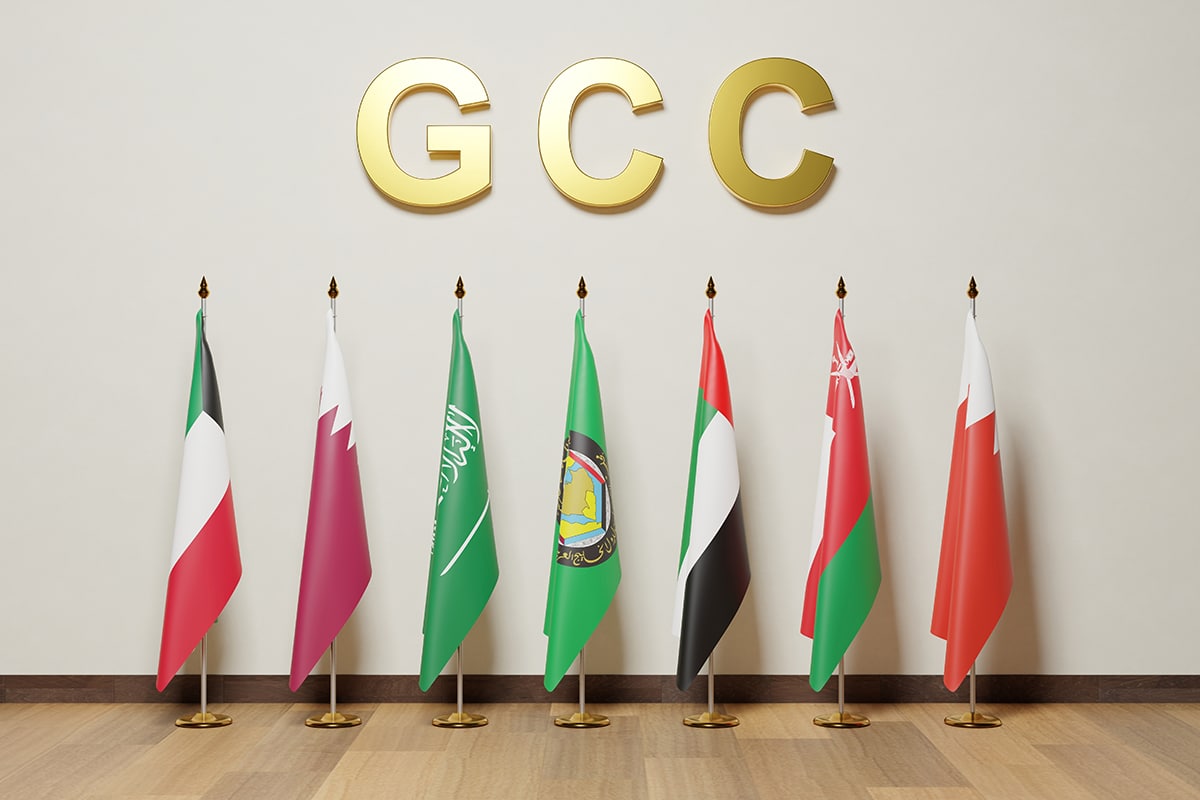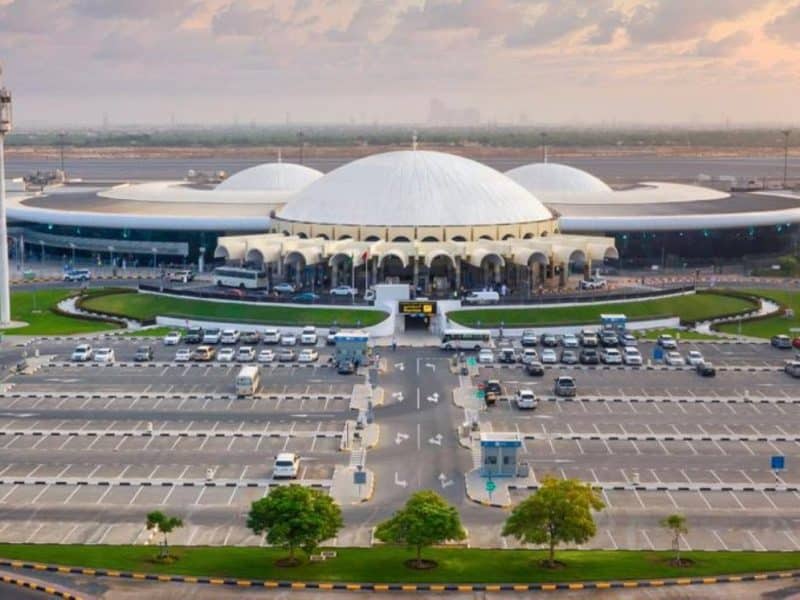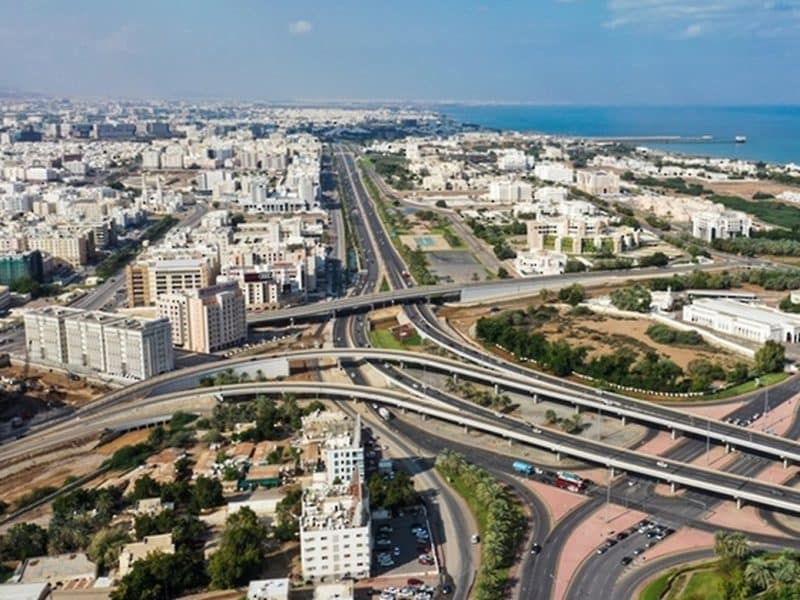GCC economies are set for a significant upturn in 2025. With ambitious diversification strategies and booming non-oil sectors leading the charge, the region is poised for accelerated growth. Recent reports from the IMF predict a sharp rise in economic expansion across the GCC, with the overall growth rate hitting an impressive 4 per cent.
What’s behind this surge? A mix of factors… Loosening OPEC+ oil production limits is giving the energy sector a boost, but it’s the non-oil industries that are truly stealing the show. Tourism, trade, finance, and manufacturing are all racing ahead, supported by well-placed investments and forward-thinking reforms. Saudi Arabia, for instance, is expected to see its GDP expand by 4.7 per cent in 2025, thanks to a thriving non-oil sector and closer collaboration between public and private initiatives. Initial public offerings will likely continue to bolster equity markets, while policy, regulatory, and economic zone reforms further accelerate progress.
The UAE is also contributing to the region’s momentum, with its economy projected to grow by 4 per cent in 2025. Key drivers include tourism, real estate, and financial services, all benefiting from the country’s investor-friendly environment. Although the introduction of corporate tax has raised business costs, the government’s plans to reinvest tax revenues into incentives and development schemes are ensuring that the private sector remains competitive. New policies aimed at easing business operations are expected to offset rising costs and sustain growth.
Oman, meanwhile, is quietly carving its path with an expected growth rate of 3 per cent over 2025-2026. Increased oil production and structural reforms are setting the stage for a more diversified economy. The Sultanate’s strategic trade position on the Indian Ocean, bolstered by unique agreements with the United States and Singapore, is enhancing its role as a vital trade corridor between East and West. Export development and trade output are likely to see significant gains as a result.
Across the region, the GCC is doubling down on its position as a global trade hub. As emerging markets in Asia and Africa gain prominence, the region is leveraging its infrastructure and bilateral agreements to link East and West seamlessly. With growing protectionism in the United States, the GCC’s manufacturing and export initiatives are offering alternatives to over-reliance on Asian supply chains. Trade between the Middle East and Asia is forecasted to more than double by 2035 – a testament to the region’s growing influence.

It’s a clear signal that the GCC’s economic transformation plans are gathering steam, channelling oil revenues into long-term diversification projects to reduce reliance on hydrocarbons.
FDI is another bright spot. Thanks to initiatives like the UAE’s Comprehensive Economic Partnership Agreements (CEPAs) and Saudi Arabia’s Regional Headquarters Program, multinational companies are flocking to the region. That said, there’s room for improvement in investor protections and commercial contract enforcement, areas that will be critical to maintaining this momentum.
It’s not all smooth sailing, though. Global economic uncertainties, geopolitical tensions, and the need for workforce upskilling remain significant challenges. Addressing these issues will be key to ensuring the region’s growth stays on track.
2025 is shaping up to be a transformative year for the GCC. By doubling down on diversification, strengthening trade ties, and creating a welcoming environment for investors, the region is cementing its status as a global economic powerhouse. With a clear focus on sustainability and inclusivity, the GCC is not just growing – it’s redefining its role in the world economy.










